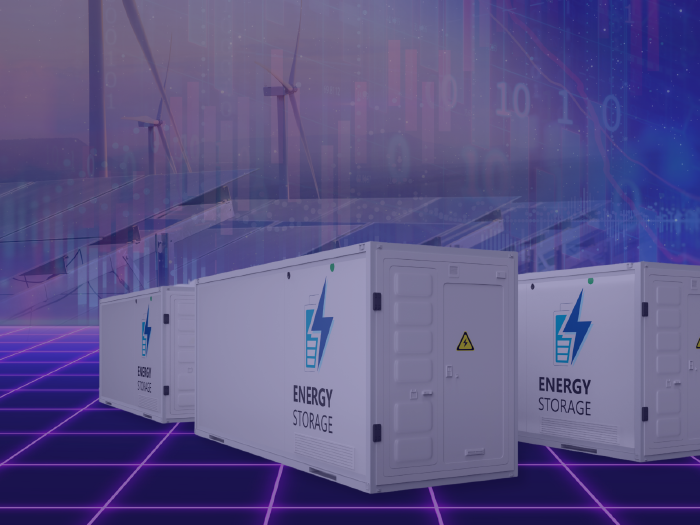News
better business decisions
Posted 1 year ago | 4 minute read

What are Ancillary Services?
To guarantee a consistent and reliable power supply, it is essential to keep frequency, voltage, and power load within specified limits. This stability is achieved not automatically, but through ongoing adjustments provided by ancillary services.
Ancillary services refer to functions that help grid operators maintain a reliable electricity system. These services are managed by grid operators, including those overseeing transmission and distribution networks.
They keep the proper flow and direction of electricity, address imbalances between supply and demand, and help the system recover after a power system event.
Ancillary services include a wide variety of efficiency and safety nets, all focussed on ensuring the power system delivers enough output to meet demand yet remains stable. These can include:
- Frequency response: The frequency within a power grid must be kept within a specific range or there is a risk of damage to equipment and/or cause failure of the grid. Frequency response either increases or decreases the amount of power on the network on a second-by-second basis so that supply and consumption are matched as closely as possible.
- Voltage: Different parts of the electricity network use different voltages. To ensure that voltage remains within 5% of those figures at all times, to be safe, power stations can produce or re-absorb excess energy as reactive power, keeping the overall system reliable.
- Inertia: A simple definition of inertia is that it’s an object’s tendency to continue in its existing state of rest or motion. The electricity system uses the weight of heavy spinning turbines to create stability, by acting as a form of very short term “stored” energy that can act to smooth a sudden change in demand or generation.
- Reserve: An important part of ancillary servicing is having back-up power to release if something unexpected happens.
- Black start: After a power failure, the power supply must be restored as quickly as possible. But many power plants need an external power source to start their electricity production. Without this some types of plants (such as coal and nuclear) cannot be put into operation. Instead, plants that can start up autonomously and without external energy supply, for example, hydroelectric power plants, gas power plants or electricity storage facilities are used to ensure black start capability.
As the electricity mix continues to change, so do its requirements for ancillary services.
These services have historically been delivered by thermal power stations, but the switch from a few very large power stations to a greater variety of electricity sources, some of which may be dependent on the weather, as well as changes in how we use electricity, means there is a greater need for ancillary services to keep the grid stable.
A smart, flexible system that makes the best use of all the energy resources available will enable a balanced, efficient and economical electricity system for the future. Innovations are enabling renewables to provide inertial response and overcome changes in frequency, batteries to store reserve power and enabling a wider variety of energy consumer to get involved with demand response.
At GridBeyond we work to build a shared energy economy that delivers sustainability, resilience, affordability and adaptability through collaboration and innovation. By bridging the gap between distributed energy resources and electricity markets, our technology means every connected asset, whether its utility-scale renewables generation, battery storage or industrial load, can be utilised to help balance the grid.
By intelligently dispatching flexibility into the right market, at the right time, asset owners and energy consumers unlock new revenues and savings, resilience, manage price volatility, while supporting the transition to a Net Zero future.








